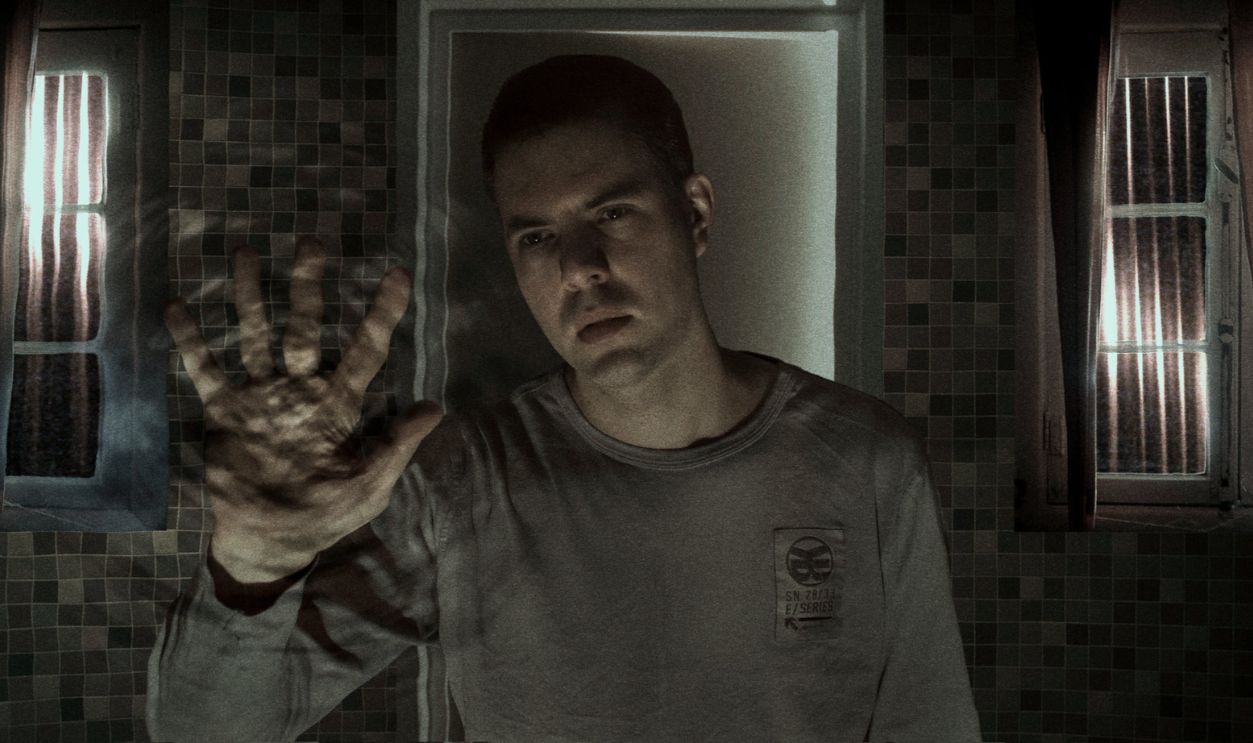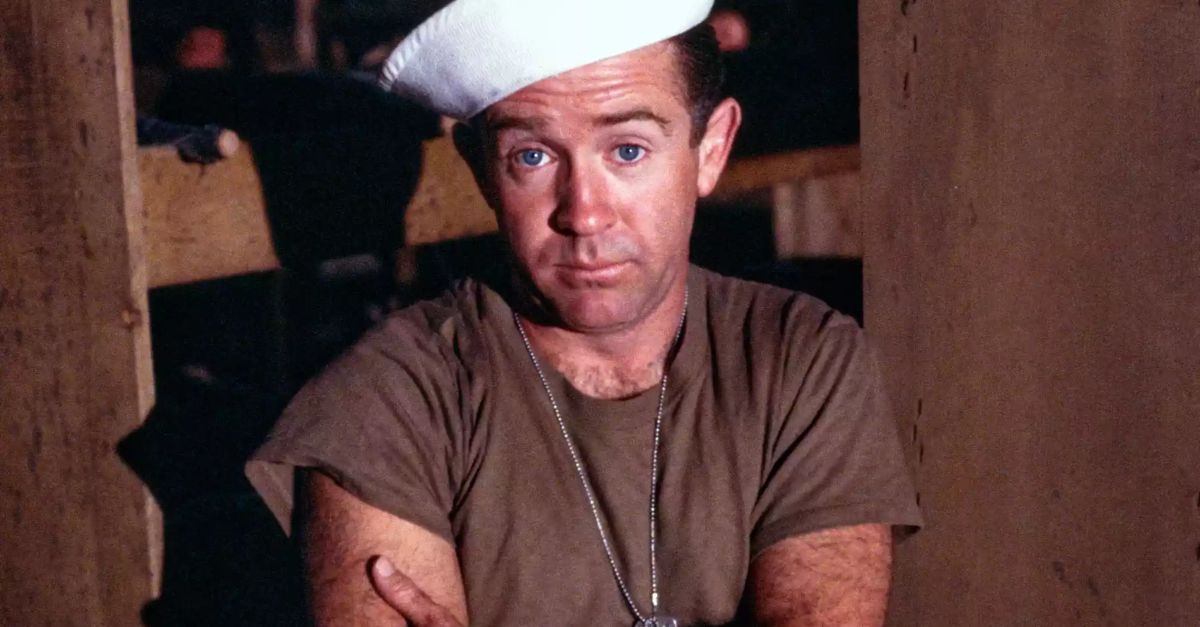Stepping Into The Drama
Some movies make even the oddest dream feel like a documentary. Maybe for once, you should forget logic, toss out reason, leave your sanity at the door, and then watch these movies.

Being John Malkovich (1999)
This film takes the idea of being someone else to extremes. A puppeteer (John Cusack) finds a mysterious portal into the mind of Malkovich (an actor), giving people 15 minutes to experience fame. Before long, everyone was eager to get a taste of it.
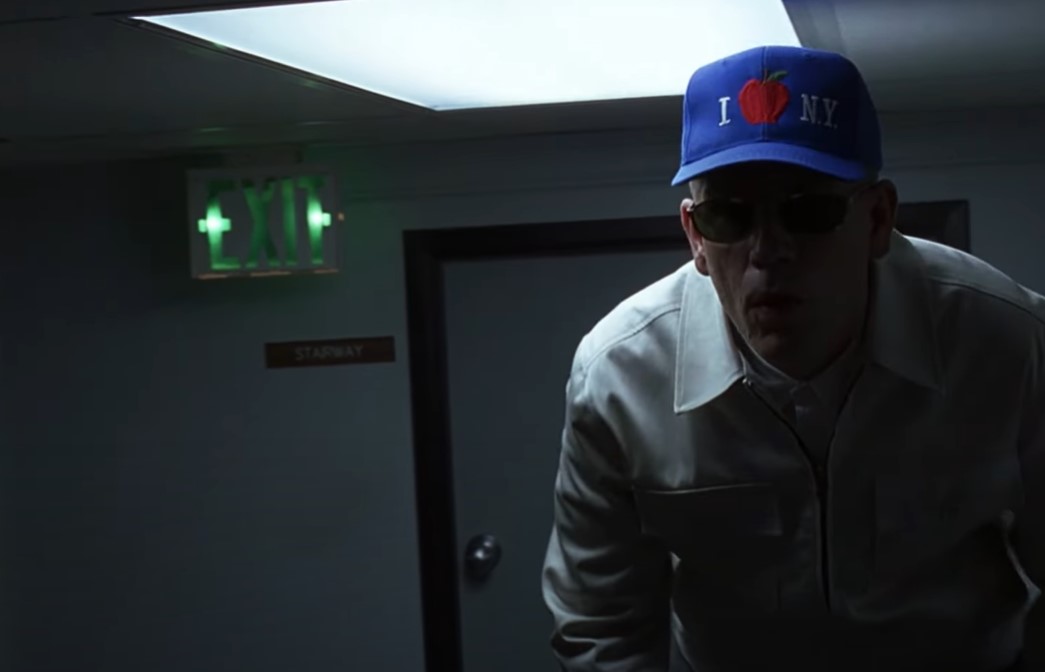 Astralwerks, Being John Malkovich (1999)
Astralwerks, Being John Malkovich (1999)
Being John Malkovich (1999) (Cont.)
The story gets tangled in a struggle for dominance over the actor's body, making it hard to tell where the person ends and the celebrity begins. John Cusack and Catherine Keener star alongside Malkovich himself.
 7楼8楼中间有家神秘公司,因只有半层楼高,所有人必须弯腰工作 by 汪哥说电影
7楼8楼中间有家神秘公司,因只有半层楼高,所有人必须弯腰工作 by 汪哥说电影
Eternal Sunshine of the Spotless Mind (2004)
This is a movie about two ex-lovers who decide to erase their memories completely. The film's unique structure shows the memory erasure process, unfolding Joel and Clementine's relationship in reverse. It's kind of weird—you see their last fight first, then happier times, and it goes all the way back to when they first met.
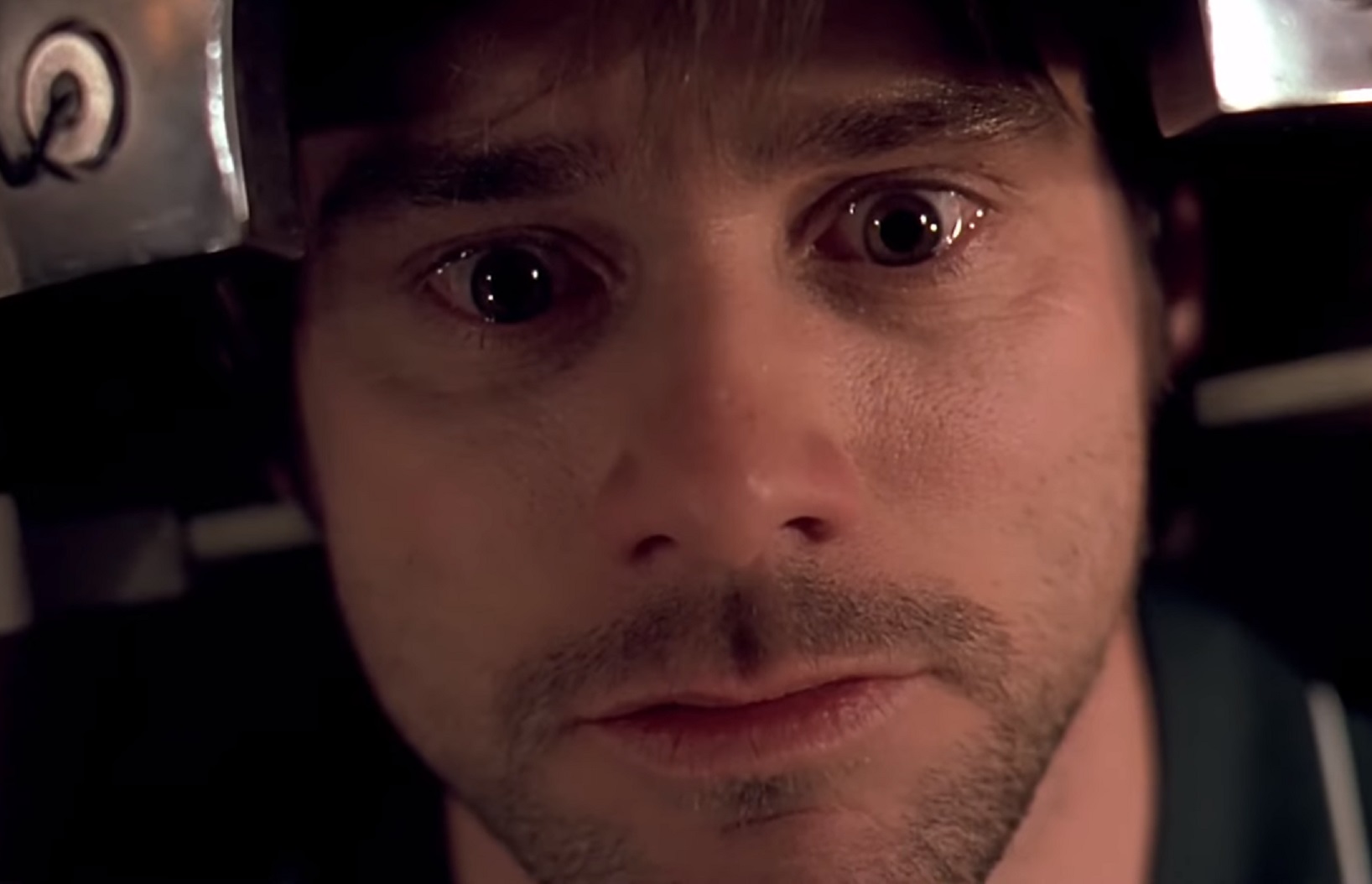 Eternal Sunshine of the Spotless Mind(2004), Anonymous Content
Eternal Sunshine of the Spotless Mind(2004), Anonymous Content
Eternal Sunshine of the Spotless Mind (2004) (Cont.)
Director Michel Gondry ditched CGI for practical effects, when he brought out mysterious visuals like a vanishing house on a beach. Charlie Kaufman's script mixes sci-fi with relatable and raw emotions. Also, did you know the film's name is from an Alexander Pope poem: Eloisa to Abelard?
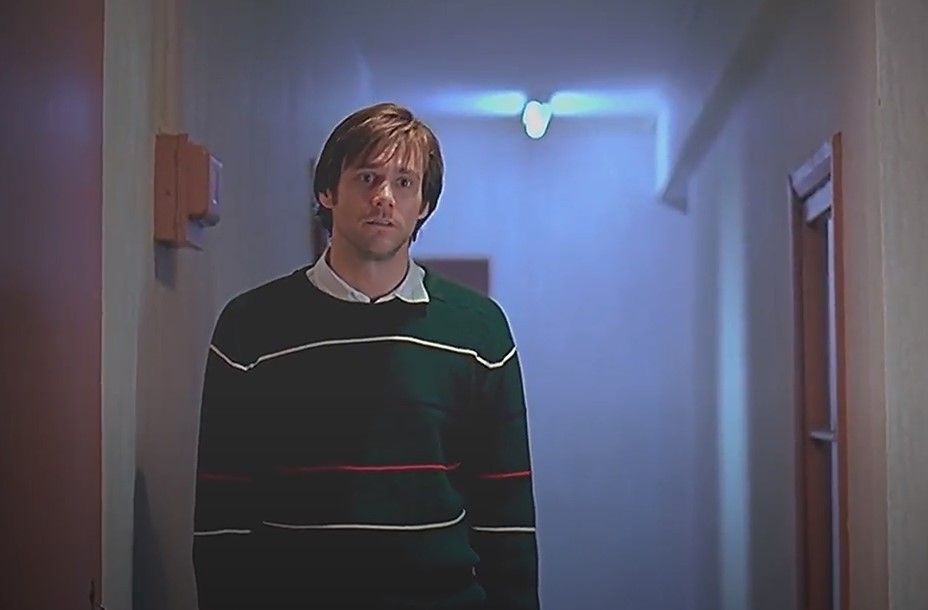 Focus Features, Eternal Sunshine Of The Spotless Mind (2004)
Focus Features, Eternal Sunshine Of The Spotless Mind (2004)
Inception (2010)
Ever heard of dream thieves? Well, with Leo DiCaprio at the helm, these thieves use shared dreaming tech to plant an idea in someone's noggin. The catch? They have to go through multiple dream layers—like a dream within a dream within a dream.
 Warner Bros., Inception (2010)
Warner Bros., Inception (2010)
Inception (2010) (Cont.)
As these crooks go deeper, time slows down and the risk of biting the dust gets higher. Inception's famous spinning hallway scene was filmed on a huge rotating set, and Joseph Gordon-Levitt did a lot of his own stunts for it.
Donnie Darko (2001)
This movie didn't do well in theaters, but it was just wild on DVD. It's about a teenage boy, a big rabbit, and the world's end. The director made the movie so complicated that he later released a "director's cut" to help people understand the story better.
Donnie Darko (2001) (Cont.)
Coming back to the plot, after narrowly escaping death, Donnie Darko, played by Jake Gyllenhaal, is plagued by visions of Frank, a menacing figure in a rabbit suit. As he deals with time travel, different realities, and the looming threat of doom, it's hard to tell what's real and what's not.
The Lobster (2015)
In this dark comedy, single people have 45 days to find a partner, or they're turned into animals. If he fails, our hero chooses to become a lobster. The movie's inscrutable humor literally makes the absurd premise more unsettling. Actor Colin Farrell also gained 40 pounds for this movie.
 The Lobster - A Film in Three Minutes by MrStillSmiling
The Lobster - A Film in Three Minutes by MrStillSmiling
The Lobster (2015) (Cont.)
The Lobster got the Jury Prize at Cannes, but its strange setting split the audience. Director Yorgos Lanthimos gives a sharp take on the societal expectation to be in a relationship, all packaged in the weirdest dating scenario you've ever witnessed.
 The Lobster - A Film in Three Minutes by MrStillSmiling
The Lobster - A Film in Three Minutes by MrStillSmiling
Synecdoche, New York (2008)
Philip Seymour Hoffman, the man you are! This story follows a playwright who dedicates his whole life to creating an ever-expanding play. He constructs a life-sized replica of New York inside a warehouse and hires actors to portray everyone he knows, including himself.
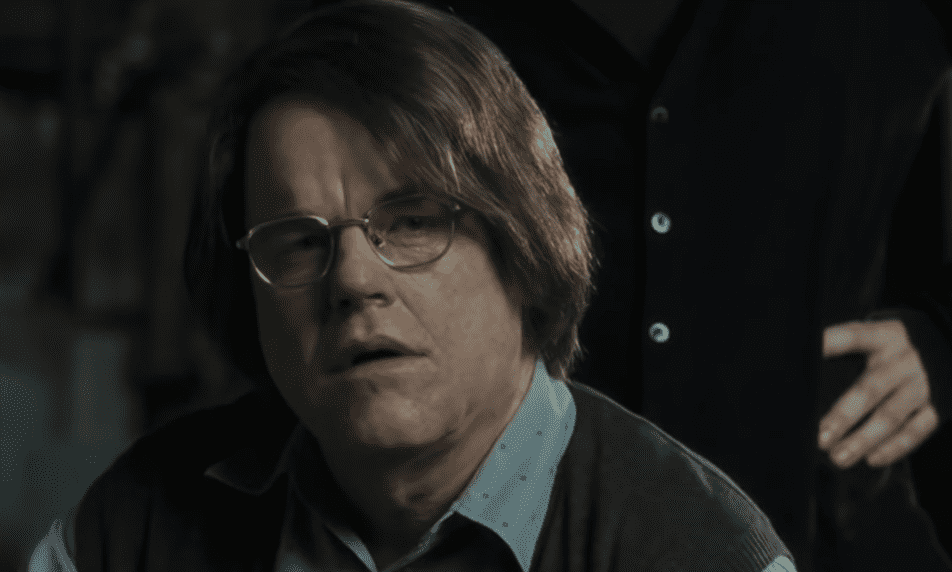 Synecdoche, New York (2008), Sony Pictures Classics
Synecdoche, New York (2008), Sony Pictures Classics
Synecdoche, New York (2008) (Cont.)
However, there is an unusual flow of time that adds to the confusion between what's real and what's part of the theatrical production. Due to its complexity, critics were divided, but Roger Ebert called it "a film that will be seen and debated for years to come."
 SYNECDOCHE, NEW YORK (2008): una película extraña y profunda | ANÁLISIS RESUMEN by Ludus Politikos
SYNECDOCHE, NEW YORK (2008): una película extraña y profunda | ANÁLISIS RESUMEN by Ludus Politikos
Mulholland Drive (2001)
David Lynch's movie is a bit of a head-scratcher. It follows Betty Elms (Naomi Watts), an aspiring actress who helps an amnesiac woman try to figure out who she is in a surreal version of Hollywood. About halfway through, the movie takes a sharp turn, shifting from Betty's Hollywood dreams to a darker reality.
 Universal, Mulholland Drive (2001)
Universal, Mulholland Drive (2001)
Mulholland Drive (2001) (Cont.)
Throughout the film, a mysterious blue box keeps popping up. It's quite a trip through the dark side of the Hollywood dream. Lynch first came up with the idea for a TV pilot, but ABC turned it down, so he turned Mulholland Drive into a full-length feature instead.
 Canal+, Mulholland Drive (2001)
Canal+, Mulholland Drive (2001)
Primer (2004)
Aaron and Abe (Shane Carruth and David Sullivan), two engineers, accidentally create a time machine in their garage. But instead of going to far-off time periods, they can only go back a few hours. Still, sounds interesting. The plot gets pretty complicated, with loops and the characters outsmarting their past and future selves.
Primer (2004) (Cont.)
According to TheCinemaholic, Primer isn't just a movie; it's like a complicated science riddle. Despite having a tiny budget of just $7,000, the film's execution has been praised. Can you see what just seven grand can do?
Sorry to Bother You (2018)
This one starts out as a funny take on code-switching but then turns into this wild satire about capitalism, racism, corporate exploitation, materialism, and power dynamics. It's set in an alternate version of Oakland, where a telemarketer discovers that using his "white voice" helps him succeed at work.
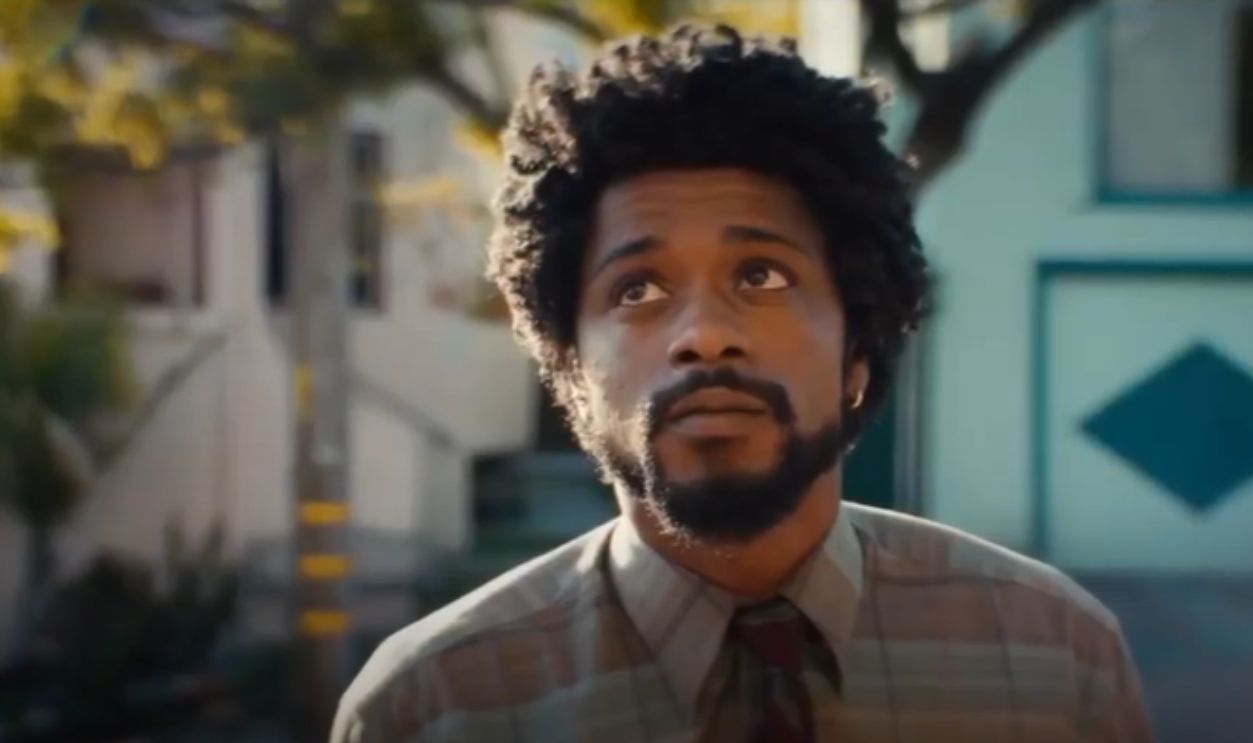 Sorry To Bother You | tráiler en versión original by El antepenúltimo mohicano
Sorry To Bother You | tráiler en versión original by El antepenúltimo mohicano
Sorry to Bother You (2018) (Cont.)
So, as Cassius Green (Lakeith Stanfield) climbs the corporate ladder, he uncovers a conspiracy involving a company turning people into horse-human hybrids for increased productivity. People seemed to love it. They appreciated how it pokes fun at capitalism and corporate culture.
 Sorry To Bother You | tráiler en versión original by El antepenúltimo mohicano
Sorry To Bother You | tráiler en versión original by El antepenúltimo mohicano
Eraserhead (1977)
David Lynch's first movie is a low-budget black-and-white film that took five years to make. It's about a man with shock-white hair who becomes the father of a deformed, alien-like baby who won't stop crying. It gets weirder. Alien baby and tiny bleeding chickens are just the tip of the iceberg.
Eraserhead (1977) (Cont.)
Now, the baby's appearance remains a closely guarded secret, with Lynch refusing to reveal how it was made. But despite its disturbing imagery, it became a midnight movie classic and was praised by Stanley Kubrick as his favorite film. Eraserhead's unfiltered surrealism continues to baffle watchers even now.
 Eraserhead (1977), American Film Institute (AFI)
Eraserhead (1977), American Film Institute (AFI)
Cloud Atlas (2012)
Six stories for the price of one, and trust us, it's a crazy bargain. The Wachowskis and Tom Tykwer took on the "unfilmable" David Mitchell novel, creating a journey through six interconnected stories spanning centuries. Each story has different characters, but they are all connected by the recurring souls of the same actors.
 Cloud Atlas (2012), Warner Bros.
Cloud Atlas (2012), Warner Bros.
Cloud Atlas (2012) (Cont.)
As one of the priciest indie films ever made, the movie cost a whopping $102 million. The cast, which includes big names like Tom Hanks and Halle Berry, takes on multiple roles across different time periods and races. This caused some controversy due to the use of prosthetics.
 Astralwerks, Being John Malkovich (1999)
Astralwerks, Being John Malkovich (1999)
Vanilla Sky (2001)
The remake of the Spanish film Abre los Ojos stars Tom Cruise as a wealthy stud whose life falls apart after an accident. Things get crazy as reality starts mixing up dreams and a cryogenic future. What you take away from this movie says more about you than the movie—it's a cinematic Rorschach test.
Vanilla Sky (2001) (Cont.)
Tom Cruise pulled off a risky stunt in Times Square without a safety net, which took six months to execute. The movie also got mixed reviews, so Paramount decided to release a Vanilla Sky: Alternate Ending DVD with Cameron Crowe's commentary.
Upstream Color (2013)
Forget pigs in a blanket, how about humans linked to pigs by mind-controlling worms? The movie's weird story and not much talking made it hard to understand, according to Carruth, who said he wanted people to "get it without thinking about it."
Upstream Color (2013) (Cont.)
Shane Carruth's movie is yet another sci-fi story, this time with parasites, mind-reading pigs, and a mysterious character pulling the strings. It premiered at Sundance—the visuals and deep ideas about who we are and how we're all connected was a hit amongst watchers.
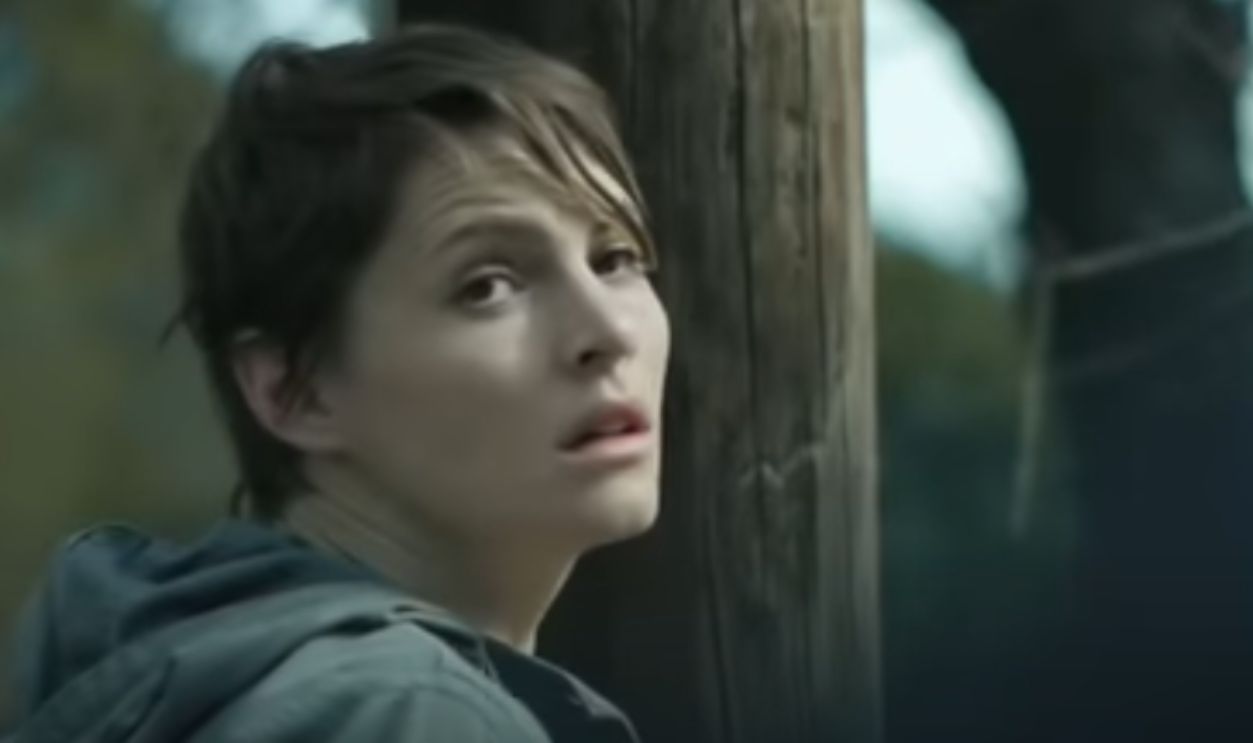 Upstream Color Trailer - 2013 by Ikmel A.A.A
Upstream Color Trailer - 2013 by Ikmel A.A.A
The Congress (2013)
The Congress, inspired by Stanislaw Lem's novel The Futurological Congress, took four years to create, with almost two years dedicated just to the animation. It's like a mix of Hollywood and "Yellow Submarine," and it's a wild ride into a future where actors are no longer needed.
 LE CONGRES I Bande-annonce VF by ARP Sélection
LE CONGRES I Bande-annonce VF by ARP Sélection
The Congress (2013) (Cont.)
Ari Folman's movie is truly a cool mix of live-action and animation, set in a dystopian future where the film industry has some extreme control over actors and their images. The main focus is on Robin Wright, who plays a fictionalized version of herself and sells her digital image rights to a studio.
 LE CONGRES I Bande-annonce VF by ARP Sélection
LE CONGRES I Bande-annonce VF by ARP Sélection
Coherence (2013)
Dinner parties can get pretty weird, especially when you throw quantum physics into the mix. James Ward Byrkit's low-budget sci-fi thriller was filmed over five nights in his own house. The story revolves around a dinner party that gets interrupted by a passing comet, leading to an exploration of parallel realities.
 Ugly Duckling Films, Coherence (2013)
Ugly Duckling Films, Coherence (2013)
Coherence (2013) (Cont.)
Byrkit used hundreds of color-coded note cards to outline the complex narrative. The storyline and philosophical themes have led to lots of fan theories and diagrams trying to figure out its different realities. The Hollywood Reporter called it "an evidence to the power of smart ideas," and they're right!
 Coherence - Movie Review by Thinkbolt
Coherence - Movie Review by Thinkbolt
Predestination (2014)
The Spierig Brothers turned Robert A. Heinlein's short story "All You Zombies" into this time-travel movie. Ethan Hawke plays Agent Doe, a time-traveling agent on his last mission, which gets all mixed up with his past and future. His job is to nab a terrorist behind some destructive attacks.
 Screen Australia, Predestination (2014)
Screen Australia, Predestination (2014)
Predestination (2014) (Cont.)
Sarah Snook totally nailed her role as a character who goes through a complete gender transformation, and the critics loved it. Plus, the filmmakers went the extra mile by consulting with a theoretical physics professor to make sure the time travel logic was on point.
 Predestination 2014 | storyline hunter by storyline hunter
Predestination 2014 | storyline hunter by storyline hunter
The Truman Show (1998)
If you don't know about "The Truman Show delusion," it's a real psychiatric condition where people believe their lives are staged reality shows. Next time you're feeling paranoid, just remember—you're probably not on TV... probably. Peter Weir's movie is a hilarious parody.
 Paramount Pictures, The Truman Show (1998)
Paramount Pictures, The Truman Show (1998)
The Truman Show (1998) (Cont.)
Truman is basically clueless that his entire life is a 24/7 TV show. Now, even though Jim Carrey is known for his funny roles, he absolutely nailed this serious character. Reality TV, surveillance, and freedom of choice were amazingly discussed and remain vital in today's media-driven environment.
 The Truman Show, Paramount Pictures
The Truman Show, Paramount Pictures
Paprika (2006)
Dreams are weird enough on their own, but this movie turns the eerie up to eleven. The plot focuses on a device called the DC Mini, which allows therapists to enter patients' dreams to treat psychological disorders. Believe it or not, the movie's transitions between reality and dreams inspired Nolan's Inception.
Paprika (2006) (Cont.)
Despite not being widely released outside Japan, Paprika has a huge fanbase and is seen as an amazing animated psychological thriller directed by Santoshi Kon. It includes scenes with a weird, dreamy parade filled with all sorts of pop culture nods, random stuff, and fantastical images.
Videodrome (1983)
Cronenberg was inspired by Marshall McLuhan's research on how technology affects our minds and bodies. Despite getting mixed reviews at first, Videodrome is now seen as a smart critique of media influence and virtual reality.
Videodrome (1983) (Cont.)
In the movie, James Woods is a TV executive who finds a creepy broadcast signal in David Cronenberg's body horror classic. The tagline "Long live the new flesh" became a favorite saying among fans of Cronenberg's biological horror movies. And the special effects in the "breathing" videotape and chest-cavity TV were super bizarre.
 Movie Watching: **SPECIAL EDITION** (1983) RuudiLand by Ruudi Land
Movie Watching: **SPECIAL EDITION** (1983) RuudiLand by Ruudi Land
2001: A Space Odyssey (1968)
This movie has it all—from apes to astronauts to star children. It feels like a wild ride through history. It is said that Kubrick and author Arthur C. Clarke came up with the story for both the film and the novel at the same time.
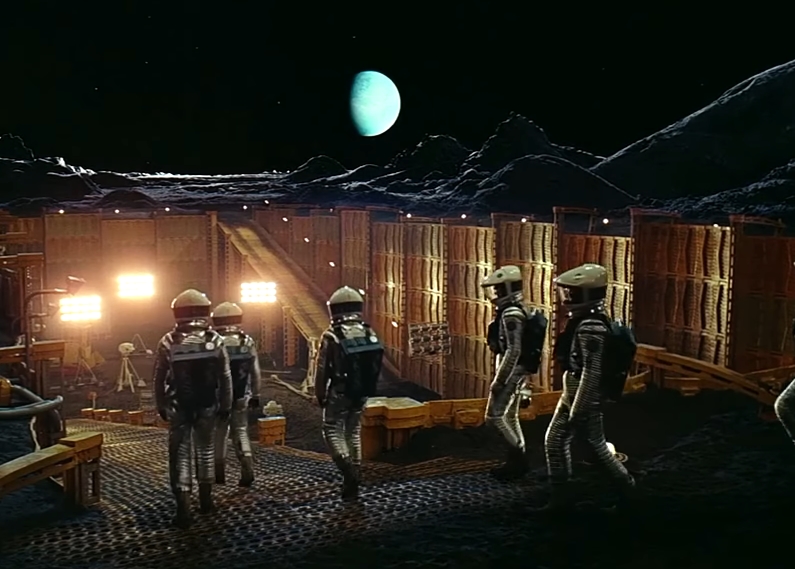 MGM, 2001: A Space Odyssey (1968)
MGM, 2001: A Space Odyssey (1968)
2001: A Space Odyssey (1968) (Cont.)
2001: A Space Odyssey starts with a prehistoric scene where early humans stumble upon a black monolith that seems to affect their evolution. Fast forward to 2001, and a team of astronauts, guided by the AI HAL 9000, takes on a mission to Jupiter to investigate another monolith.
 MGM Studios, 2001: A Space Odyssey
MGM Studios, 2001: A Space Odyssey
Memoria (2021)
In Apichatpong Weerasethakul's first English-language film, Tilda Swinton plays a woman haunted by a scary sound. After shooting exclusively in Colombia, the filmmaker insisted on a "traveling cinema" distribution in one theater. Weerasethakul also employed uninterrupted takes to create a meditative environment, with some scenes lasting over 10 minutes.
 Memoria Official Trailer (2021) - Tilda Swinton, Elkin Díaz, Jeanne Balibar by MoviE101 “MoviE101”
Memoria Official Trailer (2021) - Tilda Swinton, Elkin Díaz, Jeanne Balibar by MoviE101 “MoviE101”
Memoria (2021) (Cont.)
The plot follows Jessica, a Scottish woman traveling in Colombia who hears a mysterious, loud bang one night. This event triggers a series of fantastical experiences and encounters, blending memories and reality. As for ratings on IMDb, the film has a rating of 6.4/10. Not bad!
 Memoria Official Trailer (2021) - Tilda Swinton, Elkin Díaz, Jeanne Balibar by MoviE101 “MoviE101”
Memoria Official Trailer (2021) - Tilda Swinton, Elkin Díaz, Jeanne Balibar by MoviE101 “MoviE101”
Swiss Army Man (2016)
Instead of Wilson the volleyball, imagine being stuck on a desert island with a pooting corpse as your buddy. That's the premise of the first movie directed by Daniel Kwan and Daniel Scheinert, also known as "Daniels." The film stars Paul Dano and Daniel Radcliffe as a man stranded on an island and a flatulent carcass.
Swiss Army Man (2016) (Cont.)
The movie caused some people to leave during its premiere at Sundance because of its unusual plot, but it ended up winning an award for its direction. Certain reviews on Rotten Tomatoes also mention how the film is "disarmingly odd and thoroughly well acted."




